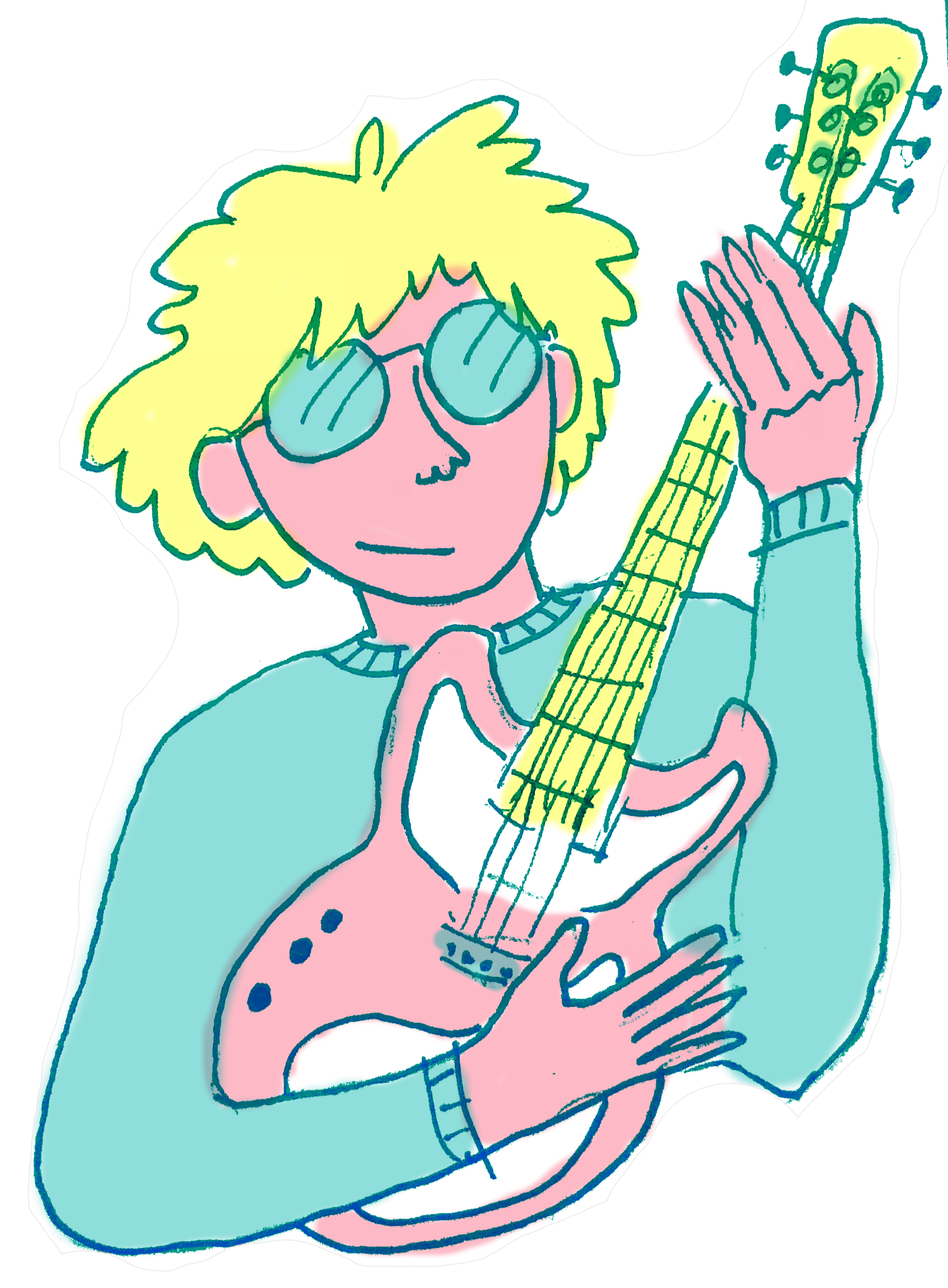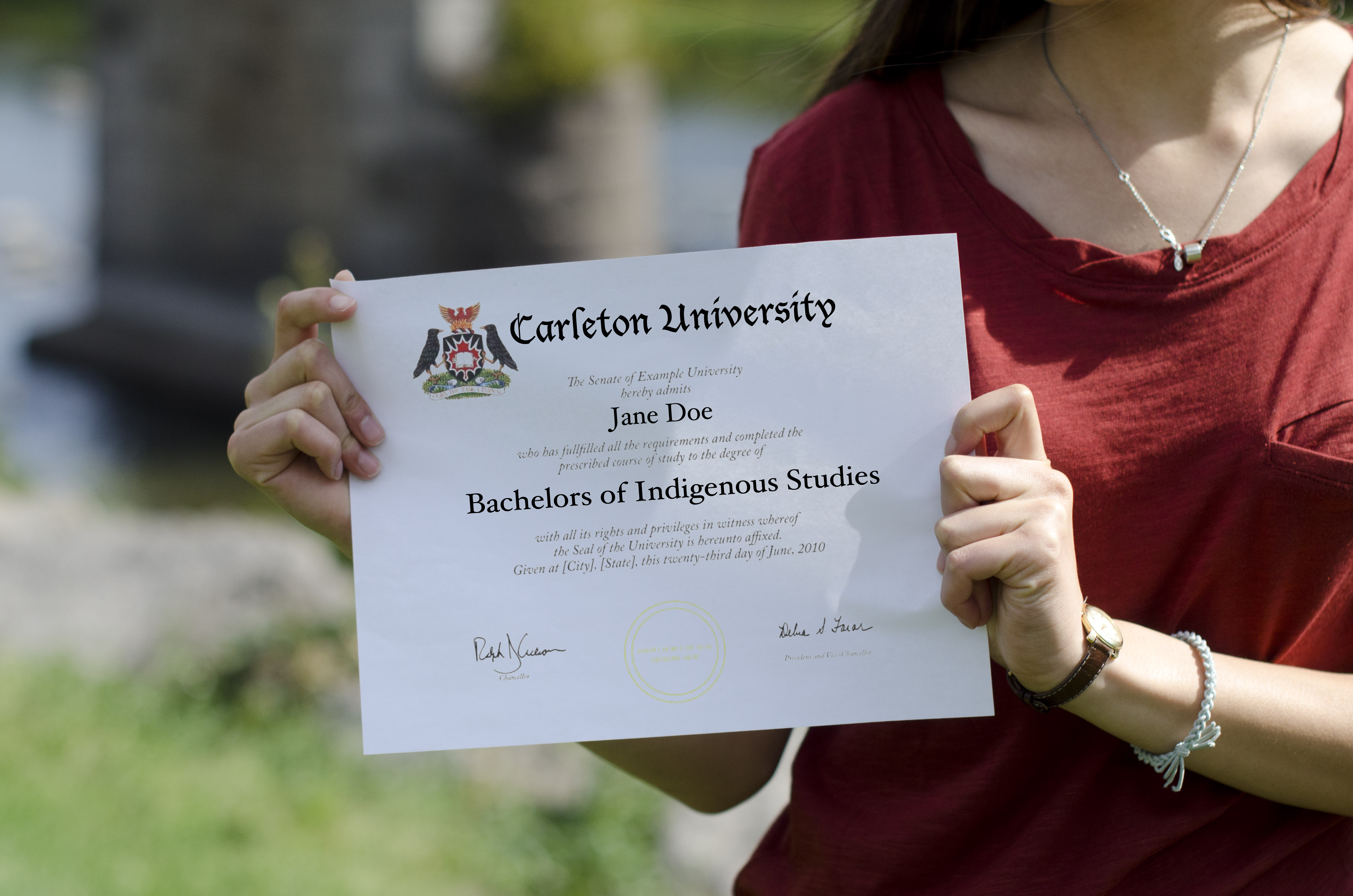Clare Duncan reports on how new efforts to promote Ottawa’s music scene are panning out, and whether local artists are feeling the benefit.
~ With files by Bailey Moreton. Graphics by Paloma Callo
When Gianna Lauren, a singer and songwriter from Edmonton began making music, she said she was disappointed with Ottawa’s music scene.
“I felt that the different groups and genres were very disconnected from one another and there wasn’t a lot of music industry supporting the actual practice of making music,” she said.
When she returned to Ottawa in 2016 after seven years, she said she was surprised with the mixing of genres during live shows, more music blogs, and how the City of Ottawa was paying more attention to building a music city and investing in the arts.
To help promote the music industry in Ottawa, a “2018-2020 Ottawa Music Strategy” was written, with the goal of “energizing [Ottawa] with the power of music.”
The strategy was jointly developed by the City of Ottawa and the Ottawa Music Industry Coalition (OMIC). Nik Ives-Allison, executive director of the OMIC, said there has been “significant progress” on the goals for 2018.
This progress has included things such as providing parking passes for musical acts setting up at venues, running education programs and introducing a dedicated music development officer position in city hall to work at promoting the goals of the strategy.
The focus with the strategy is prioritizing the promotion of local artists. Ives-Allison said this is likely to have the longest term impact.
“Obviously having big artists come through Ottawa, especially if they’re willing to bring on local openers is really important,” she said.
“But the focus of the strategy is on developing local artists and the industry in more Ottawa. We don’t want to be a copy of Montreal or Toronto–we want to bring out a unique version of what Ottawa has to offer.” – Nik Ives-Allison, executive director of the OMIC
Living as a musician
Ives-Allison acknowledged that there are significant challenges to making a living in the music industry today.
“People are able to cobble together a living, and with the emerging gig economy that’s where it’s kind of going. But, that’s not unique to the music industry. If you’re willing to treat it like a full-time job and make some serious sacrifices especially in the beginning, it’s certainly possible and doable.” – Nik Ives-Allison
The accessibility of social media and music streaming is one change the music scene in Ottawa has seen. According to the 2018 Global Music Report, Canada saw a 68.8 per cent growth in subscription streaming revenue from streaming services such as Spotify and Apple Music.
These streaming services also saw a 45.5 per cent growth in global revenue in 2017, making streaming the largest revenue source for the recorded music industry.
Although streaming services can offer great exposure for musicians and are the best source of revenue for the industry, artists say individually, they aren’t making substantial revenue from that exposure.
“Not many of my musician friends are depending on music streaming services to make any money because there is no money to be made right now,” said Ed Lister, founder of London Gentleman Records.
Having started in music as a trumpet player at the age of 10, he is currently affiliated with 23 bands and is involved in OrKidstra, where he gives music lessons to youth from low-income families in Ottawa.
Lister said it used to be that a musician would put their record out and make the money back in a few months, but that doesn’t happen anymore. Although music streaming is beneficial for exposure, there isn’t any room for musicians to make money on streaming services because the rate per stream is so low, he said.
Lauren said she would appreciate the music industry to be more transparent, because although the digital age allows you to access music, “streaming hasn’t grown to put the money in the pockets of musicians yet.”
According to business news website CNBC, Spotify pays about $0.006 to $0.0084 per stream to the holder of music rights. And the title of “holder” can be split among the record label, producers, artists, and songwriters. Without a high volume of plays on a song, this results in very little money for the artist.
“Maybe it’ll reach a point where there is no money to be made in the music industry unless music is being made. So then they’ll have to adjust the pay scale in order to keep musicians making music.” – Ed Lister, founder of London Gentleman Records, and currently affiliated with 23 bands and is involved in OrKidstra
Touring
Lauren said the best way to make money is to go on tour if you can get people out to see shows.
“People aren’t paying as much money when they have the availability of streaming music. So instead, it encourages people to go out and see shows in order to support artists,” said Lauren, who started making music in Ottawa in 2008.
Ives-Allison said the city has a good abundance of small venues which are available for artists. However, one of the recommendations for the OMIC report is the introduction of more “mid-sized venues,” places with a capacity of 500-1,500 people.
The OMIC is currently working with the city to try and use city-owned venues to make more spaces available, but Ives-Allison said there are challenges with this.
“They can be somewhat cost-prohibitive for private promoters to use, so it’s about trying to find innovative ways for space to become available,” she said. “There’s stuff going on trying to address that gap but there’s nothing concrete yet.”
 Garett Barr, member of the band Slack Bridges, has toured around Canada and put on many shows in Kingston and Ottawa. Slack Bridges generally hosts their own shows, and Barr said the onus is on them to sell it out.
Garett Barr, member of the band Slack Bridges, has toured around Canada and put on many shows in Kingston and Ottawa. Slack Bridges generally hosts their own shows, and Barr said the onus is on them to sell it out.
Barr said there hasn’t been much of a change in promoting live shows in Ottawa. “It has always been a combination of online buzz and a little bit of poster buzz.”
Slack Bridges has had a lot of success with posters, because they focus on what the theme is of the night which creates a purpose and caters to a specific audience, according to Barr.
“If you can get somebody to see your Facebook event and then see your poster a week later, your chances of getting that person on board to come are much higher,” he said.
Shane Penhale became involved in the music industry after social media platforms had already been introduced, and predominantly uses Facebook to promote his music. He said focusing on engaging with the audience is important.
“It’s a lot easier to have your music available to people which makes things more competitive,” he said.
The accessibility of social media platforms for artists “makes it harder to stand out,” he added.
At first, Lauren said she resisted using social media until music industry partners wouldn’t work with her until she developed a social media account.
“They take a lot of time to do them all effectively, and it’s time that is taken away from making music,” she said.
Funding the future
Moving forward, Barr said he would hope for more government funding for the local music industry.
“There’s the same number of budgeting grants and extra financing as there have been for the past six or seven years and their promise was that this wouldn’t be the case,” he said.
Lauren said she hopes Ottawa will offer more funding for the management and administration of music, because there is a big demand for it.
In the music strategy report, there is a call for the city to provide $100,000 in funding to the OMIC for the next three years. An Ottawa Music Development Fund of $25,000 has also been created to support local artists and music initiatives.
“I think in the next five years, Ottawa can become a competitive place on the map to showcase music,” Lauren said.






